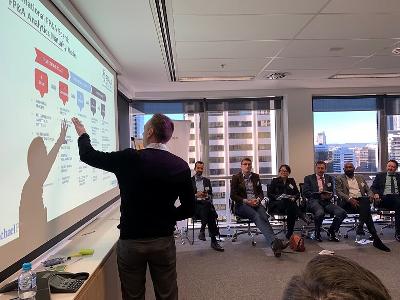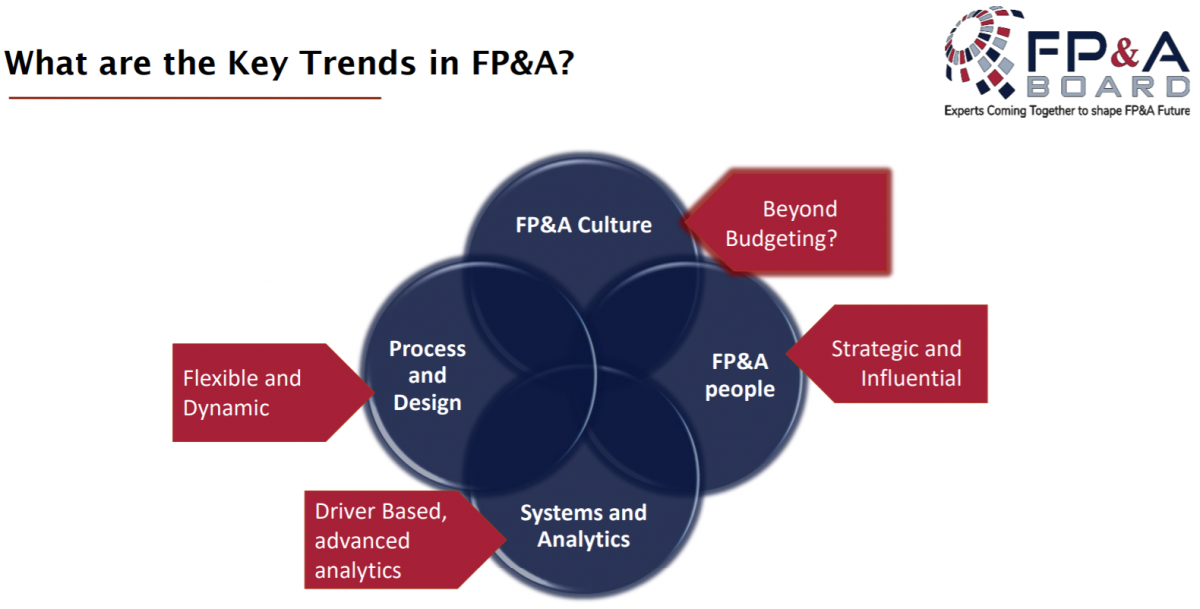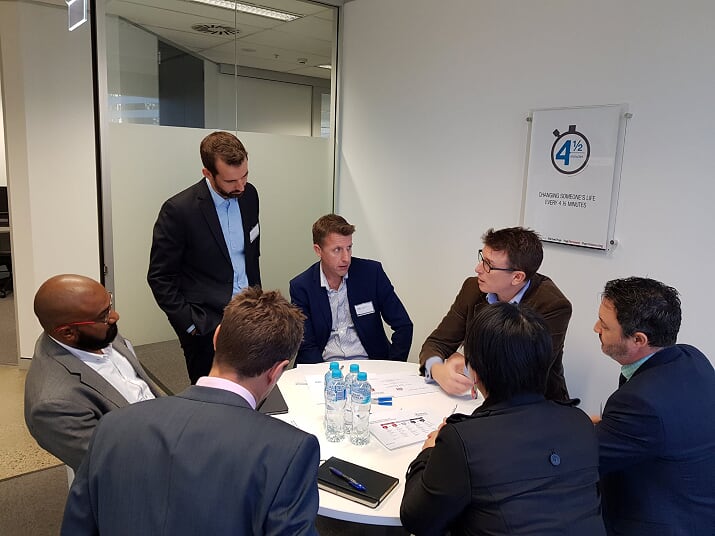What are the latest FP&A trends in Australia? Recently, Larysa Melnychuk, the founder and MD of...
 How do leading organisations, both in Australia and globally, address the changing needs of Financial Planning and Analysis professionals? How do these organisations lead from the front in working through challenges?
How do leading organisations, both in Australia and globally, address the changing needs of Financial Planning and Analysis professionals? How do these organisations lead from the front in working through challenges?
A group of like-minded professionals striving to develop market-leading skills to lead organisations into the unknown met for the first Brisbane FP&A Board meeting in July to discuss FP&A trends. The event was sponsored by Apliqo and Michael Page.
International FP&A Board
The International FP&A Board added Brisbane as a new venue to expand its reach to 25 cities in 16 countries, spanning four continents. The mission of the FP&A Board is to guide the development and promotion of better practices in global FP&A, as well as identify and support new trends, skillsets and innovations.
How is this mission achieved? By assembling 25-30 high-profile finance practitioners from the host city’s top organisations and creating an environment that allows these professionals to engage in interactive discussions and collaborate in groups to present findings from the workshops.
The interactive and engaging workshop was facilitated by Larysa Melnychuk, the Managing Director of the FP&A Trends Group and Founder of the International FP&A Board. From the outset, it was clear that her meticulous planning, including strategies to engage professionals in the discussion and methods to create synergies with particular participants being grouped together, was extremely effective in creating a thought-provoking and inspiring session.
Brisbane FP&A Board: Introduction
The icebreaker was interesting and really got the group thinking. Each participant had 10 seconds to introduce themselves and describe the most current FP&A trend, as they see it, in only one word. It was interesting to discover that the contributions were very similar to the findings collected during FP&A Board meetings previously held in other countries.
An interactive discussion then continued with the latest trends in analytics, planning, modelling and systems, as well as the associated challenges:
Trends:
- Data and Predictive Analytics (AI/ML for Forecasting)
- Driver-Based Planning
- Integrated FP&A
- Simplification, Speed and Agility
- Strategic Business Partnering and Collaboration
Challenges:
- Traditional Budgeting Culture
- Data Quality
- Outdated planning technologies
- Lack of investments
- FP&A Talent is hard to find
A quick survey was then conducted to understand the maturity of FP&A in Brisbane by indicating the timelines to produce the Budget (1-3 Months: 52%) and completing the Forecast process (3-7 days: 40%). The most surprising feedback was that only three participants considered their system as being flexible enough to cater for quick changes during the planning processes.
“Unknown unknowns” was the focus of the next segment, using the lens of the current business environment and changing FP&A landscape, all of which require professionals to be agile, flexible and able to deal with the unknown. The diagram below summarises the key FP&A trends and the important components of FP&A. These trends were echoed by mini-presentations by the participants during an open discussion.

Figure 1. Source: Brisbane FP&A Board Presentation
The FP&A “team players” was the next important concept covered where the traditional management accountant and primary caretaker of FP&A is being replaced by the concept of four new roles or capabilities. The four new areas that now define a leading FP&A individual and team were described as follows:
- the architect,
- the analyst,
- the storyteller,
- and the influencer.

Figure 2: Brisbane FP&A Board Participants' Presentations
A case study from the field was presented by Kushlan de Alwis, CFO at City Beach Australia, highlighting the challenge of introducing data-driven decision-making processes to supersede the instinctive decision-making model.
Group Discussion
The group work required the participants to break off into three groups, each with its own facilitator, to discuss the FP&A Analytics Maturity Model.

Figure 3: Group Work During the Inaugural Brisbane FP&A Board
Common themes presented by the groups include the following:
- Data quality, accuracy and granularity were all inhibitors to progressing the maturity of the business
- Business-specific processes handicapped some organisations
- Acquiring and developing the talent and capability required for business partnership is going to be a focus to address the “unknown unknowns”
- Investment in technology is challenging based on ROI hence Excel is still playing a big part in the FP&A function.
The event concluded with a networking session over breakfast which gave everyone a chance to personally connect and further discuss some of the topics that resonated with their area of interest.
It was an excellent event – congratulations Larysa and the team. The meeting was broken up into multiple segments, with different activities used to encourage participation and keep members filled with energy and creativity.
I found the FP&A Board event to be an extremely informative and valuable professional event that brought together the latest financial analytics trends and insights. This was coupled with a high-quality group of FP&A leaders from diverse industries, all dedicated to navigating their organisations through the evolving environment. Talking to colleagues over breakfast, it was clear that the other participants also enjoyed the event.
Subscribe to
FP&A Trends Digest

We will regularly update you on the latest trends and developments in FP&A. Take the opportunity to have articles written by finance thought leaders delivered directly to your inbox; watch compelling webinars; connect with like-minded professionals; and become a part of our global community.



